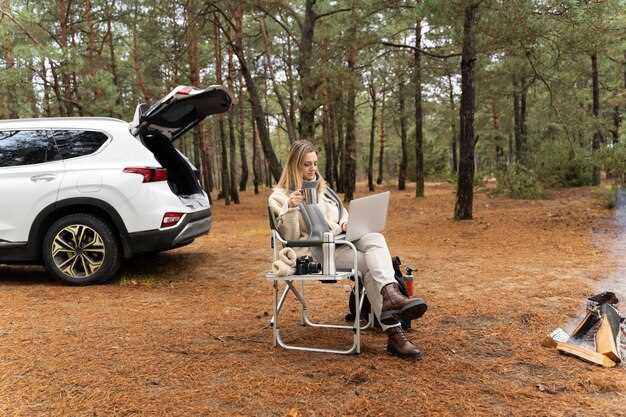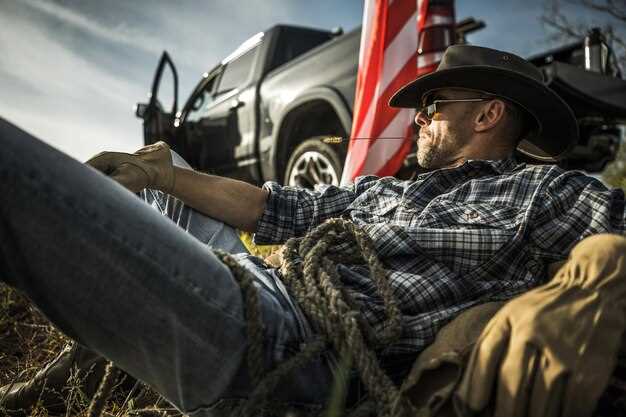Best winches for Jeep recovery situations


When adventure calls, few vehicles are as equipped to answer as the Jeep. However, venturing off the beaten path can sometimes lead to unforeseen challenges that require a reliable rescue solution. In these moments, having a high-quality winch can be the difference between a thrilling day on the trail and a long, frustrating wait for assistance.
Choosing the right winch is crucial for any Jeep enthusiast. The ideal winch should not only have robust pulling power but also be designed for the specific demands of recovery situations. Whether you’re navigating through mud, sand, or rocky terrain, the best winches can help you get your Jeep out of sticky situations with ease and confidence.
In this article, we will explore the top winches available on the market that are perfectly suited for Jeep recovery. From electric to hydraulic options, we’ll discuss their features, winching capabilities, and how they can enhance your off-road experience. Get ready to discover the essential tools that will keep your adventures safe and enjoyable, ensuring you’re always prepared for whatever the trail throws your way.
Choosing the Right Winch Capacity for Your Jeep

Selecting the proper winch capacity for your Jeep is crucial for effective recovery in rescue situations. The winch must be strong enough to pull the weight of your vehicle, even in challenging conditions. Typically, a winch with a capacity of at least 1.5 times the total weight of your Jeep is recommended. This safety margin ensures reliability when you need it most.
To determine the right capacity, first ascertain your Jeep’s weight, including modifications and gear. For example, if your Jeep weighs 4,000 pounds, look for a winch with a minimum pulling capacity of 6,000 pounds. This allows for the added weight of mud or obstacles during recovery scenarios.
Consider the type of terrain you will encounter. If you plan on tackling steep inclines, rocky paths, or deep mud, a higher capacity winch may be necessary to address additional forces at play. Likewise, if your Jeep is frequently loaded with heavy equipment, selecting a winch that exceeds the recommended capacity can provide added peace of mind.
Lastly, review your winch options based on motor type and technology, as these factors also influence overall performance. Electric winches are common for their convenience, while hydraulic winches offer superior power for heavy-duty applications. Ultimately, the right winch capacity not only helps in successful recoveries but also enhances your Jeep’s overall off-roading experience.
Essential Features for Trail Rescue Winches
When selecting a winch for trail rescue situations, several critical features must be considered to ensure reliability and effectiveness. First and foremost, the winch’s pulling capacity should match or exceed the weight of your Jeep and any additional loads. A winch with a capacity of at least 1.5 times your vehicle’s weight is recommended for safe recovery operations.
Next, the type of winch is vital. Electric winches are popular due to their ease of use and availability, but hydraulic winches provide greater power and durability for extreme conditions. Assessing your trail environment will help determine which type suits your needs best.
Additionally, the gear ratio of the winch plays a significant role in its performance. A lower gear ratio allows for greater pulling power at lower speeds, essential for controlled recoveries in challenging terrain.
Durability is essential, especially when facing harsh weather and rugged conditions. Choosing a winch with a robust, waterproof housing and corrosion-resistant materials will enhance longevity and reliability. Furthermore, built-in safety features such as automatic brake systems and thermal overload protection are critical for safe usage during a rescue.
Lastly, consider the winch’s additional features. Wireless remote controls enhance convenience and allow the operator to maintain a safe distance, while integrated fairleads and synthetic ropes reduce weight and improve ease of handling. These enhancements can significantly affect your recovery experience on the trail.
Step-by-Step Guide to Proper Winch Operation

Proper winch operation is essential for a successful rescue during trail recovery situations. Follow these steps to ensure safe and effective winch use.
1. Assess the Situation: Before engaging the winch, evaluate the recovery scenario. Identify the stuck vehicle’s position, the terrain, and any potential hazards. Determine the best anchor point and ensure the winch has sufficient capacity for the task.
2. Prepare your Equipment: Inspect the winch, cables, and other accessories. Ensure that the winch drum is clean, and the cable is free of kinks or damage. Always wear gloves to protect your hands while handling the cable.
3. Choose Your Anchor Point: Select a stable anchor point, such as a tree or a rock, that can withstand the force of the pull. Avoid using another vehicle as an anchor, as it may also become stuck. If using a tree, wrap a tree saver strap around it to prevent damage.
4. Connect the Winch Cable: Hook the winch cable to the recovery vehicle’s recovery point. Ensure the hook is fully engaged and that any safety latches are secure. Always have a safety strap or shackle attached to prevent separation under load.
5. Set Up the Winch Controls: Place the winch control in a safe position. If using a remote control, extend the cord far enough from the winch to avoid injury from the winch line snapback. Make sure everyone involved in the recovery is aware of the winch operation plan.
6. Engage the Winch: Begin winching by slowly engaging the motor, monitoring the pull throughout the process. Ensure that trees or other anchors remain secure and that the winch line stays straight. Avoid abrupt movements to reduce the risk of equipment failure.
7. Watch for Hazards: Keep an eye on any potential obstacles during the pull. Communicate with your team regularly and be prepared to stop winching if conditions change or if you notice any issues with the equipment.
8. Complete the Recovery: Once the vehicle is free, disengage the winch and remove the cable from the recovery point. Coil the cable neatly and secure your winch equipment for transport.
9. Inspect Post-Operation: After the recovery, conduct a thorough inspection of the winch and accessories. Check for wear and tear, and address any issues found before the next use.
By following these steps, you can effectively operate your winch and handle recovery situations safely and efficiently, ensuring that you and your team can enjoy your trail adventures with peace of mind.
